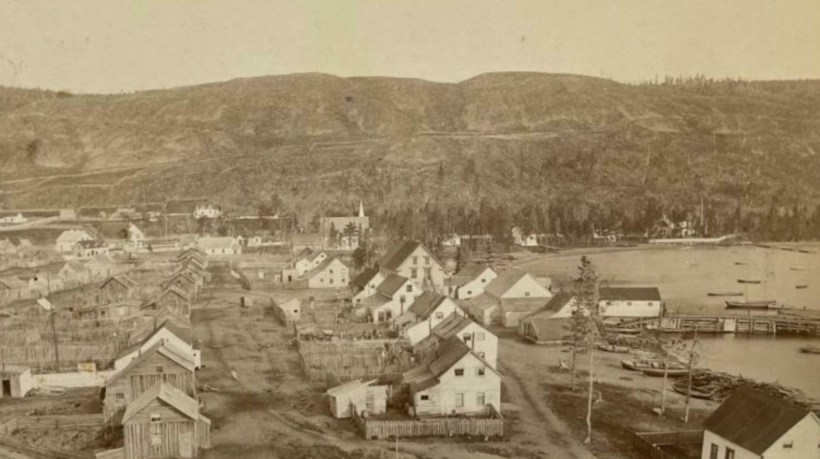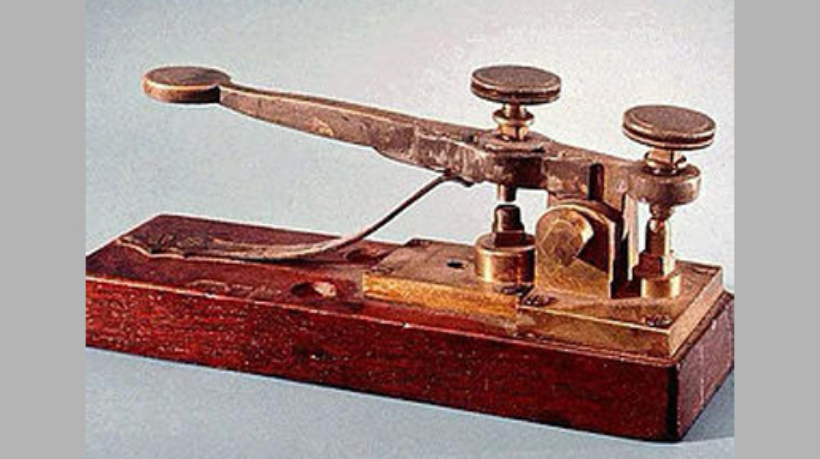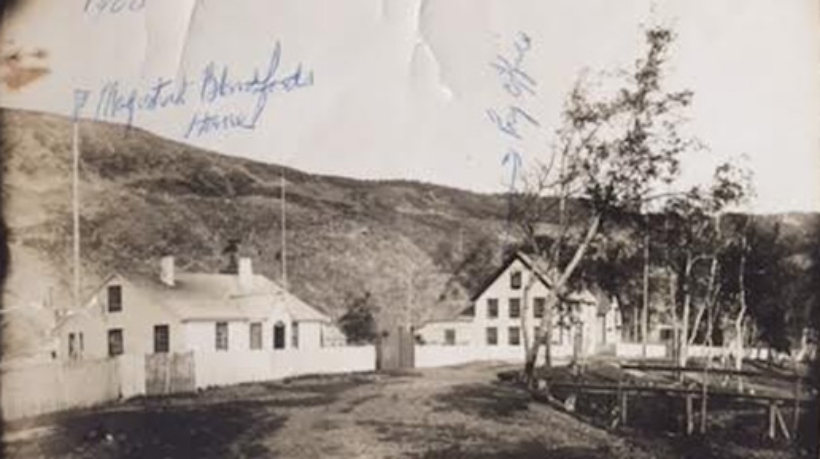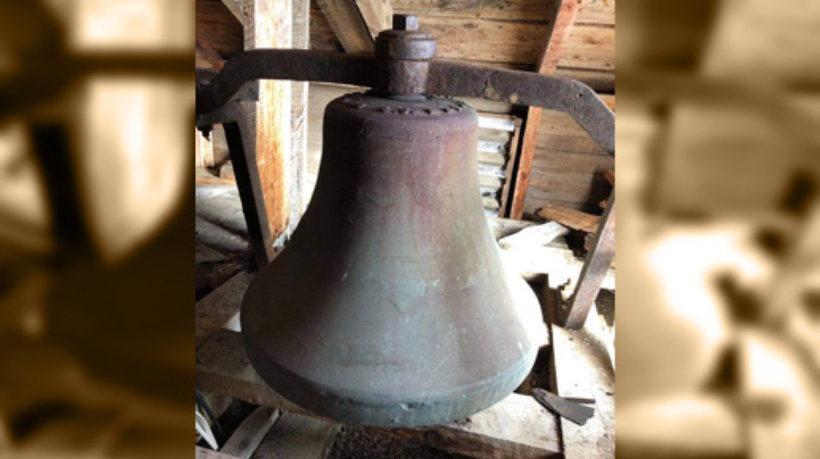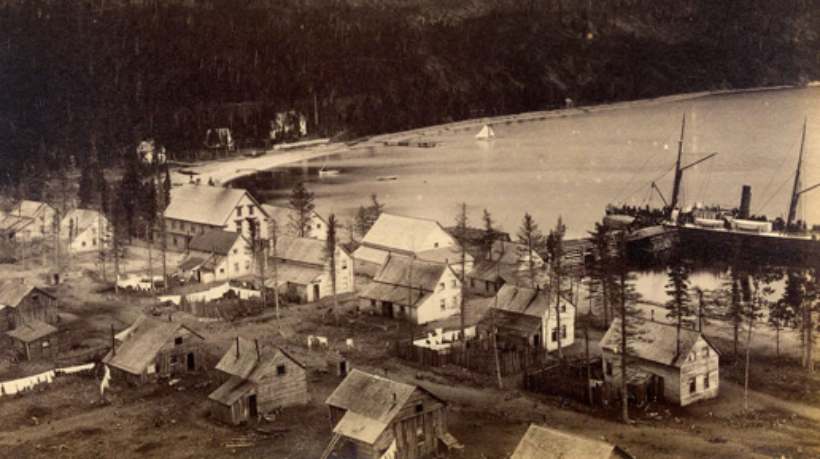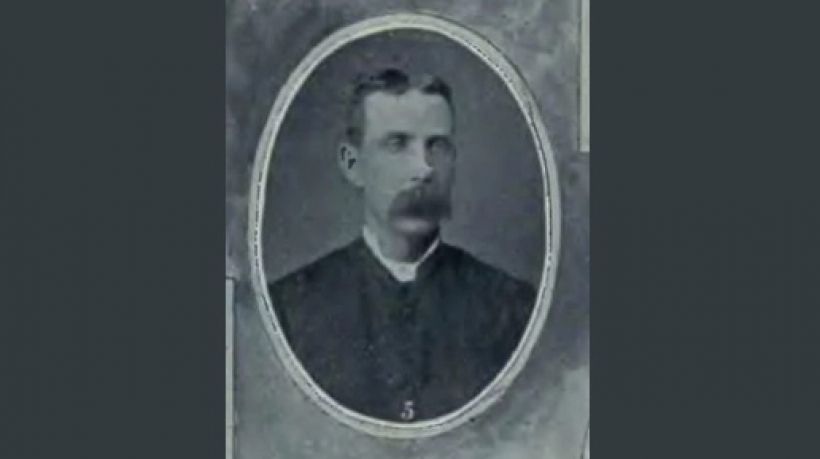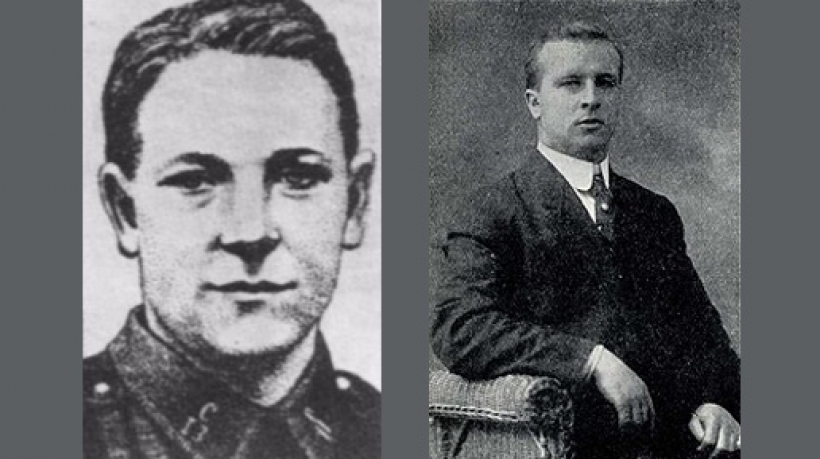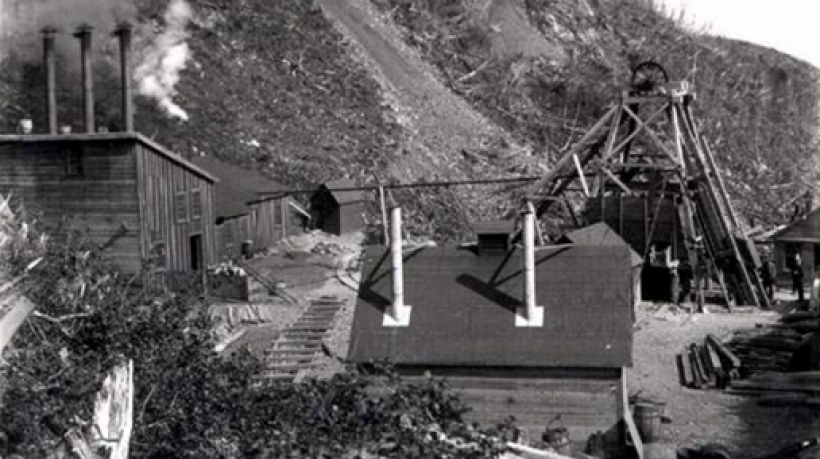Census of names
The surnames for 19th century Little Bay are listed here - nearly 600 of them! I plan to link each name to its own page where my research can be sorted publicly. This will be an ongoing project. Let me know which families you're most interested in in the comment section below. I'll prioritize those families for you! You can help me find new material by sharing this page. If someone you know has a last name I've listed here pass this on to them - they might just discover their own history! ...

